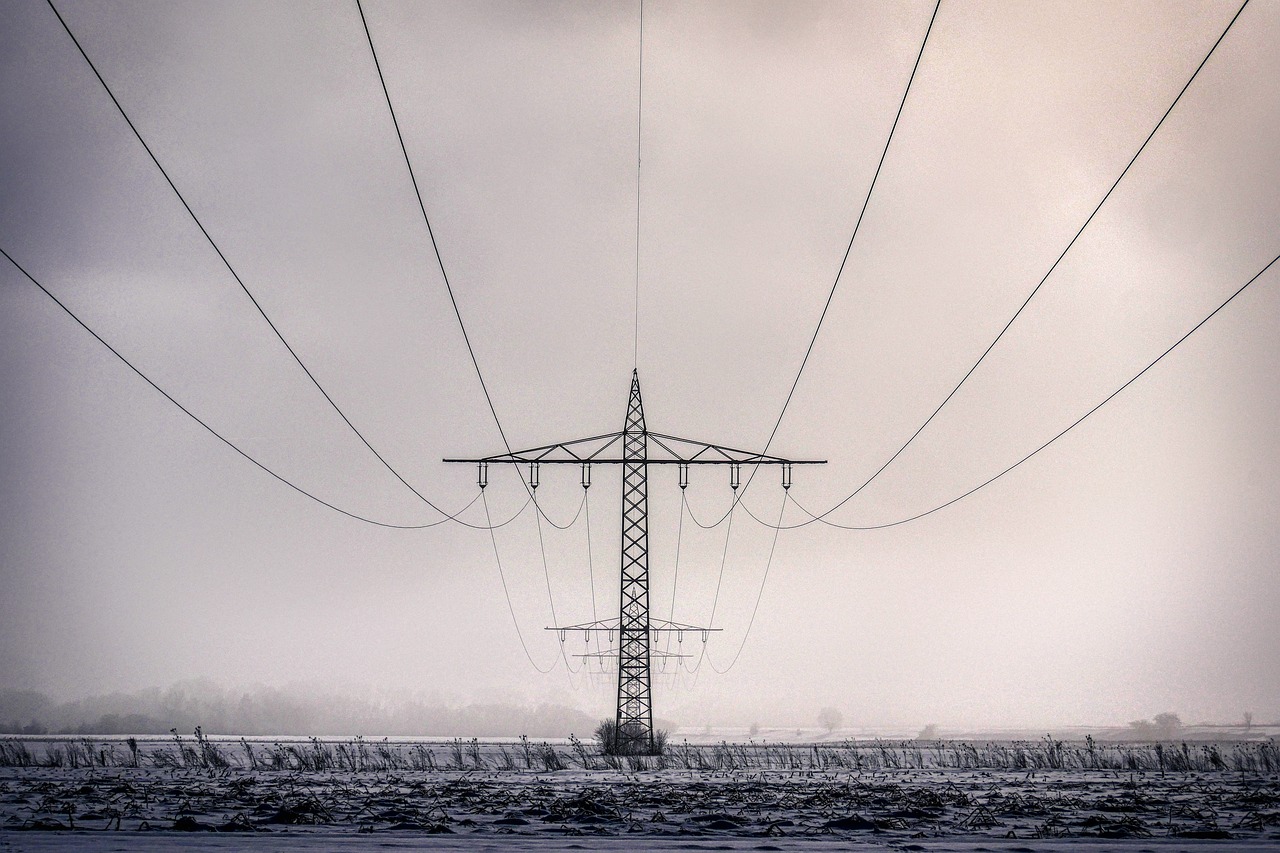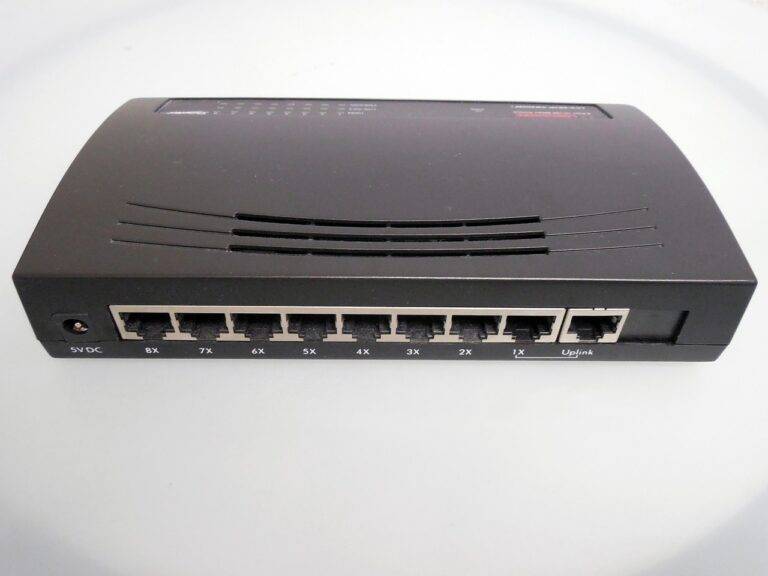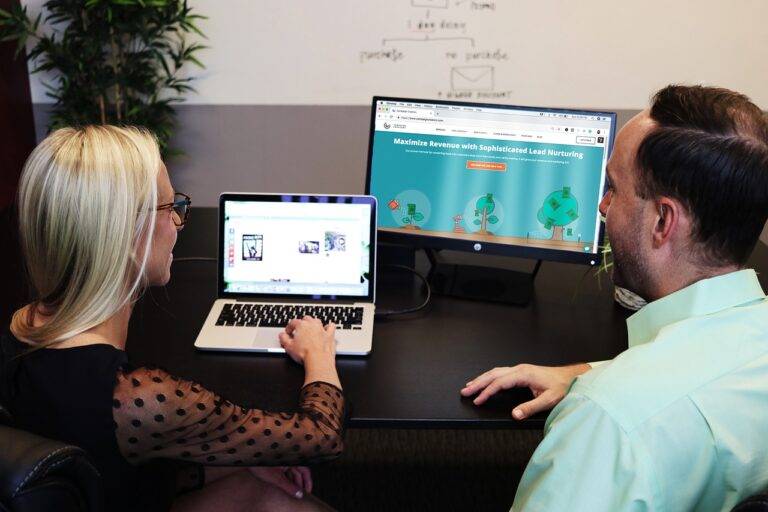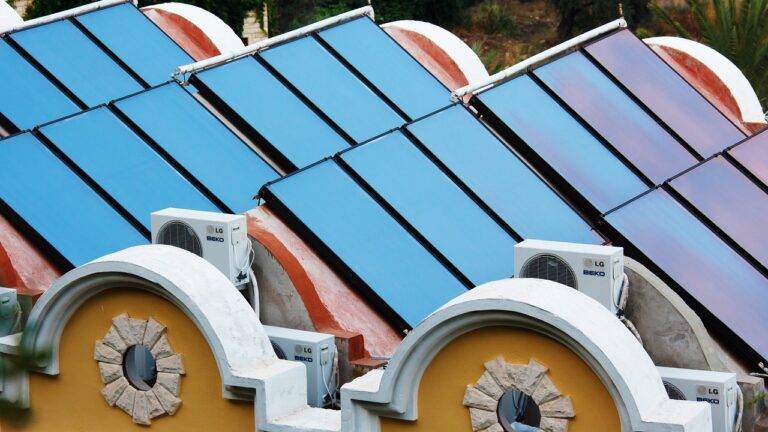The Future of Tech in Healthcare: Remote Monitoring and Telehealth
Healthcare systems worldwide face a myriad of challenges that hinder their ability to provide efficient and timely care to patients. One major issue is the lack of interoperability among different healthcare information systems, leading to fragmented patient data and hindered communication between healthcare providers. This fragmentation not only results in redundancies and errors in patient care but also hampers the overall quality of treatment.
Another significant challenge in traditional healthcare systems is the rising costs of medical services and treatments. As expenses continue to soar, access to quality healthcare becomes increasingly unattainable for many individuals, particularly those from underserved communities. This disparity in healthcare affordability highlights the urgent need for reforms in the current system to ensure that all individuals have equal access to essential medical services.
Advancements in Remote Monitoring Technology
Remote monitoring technology is revolutionizing the way healthcare is delivered by enabling patients to be monitored outside of traditional medical settings. This technology allows healthcare providers to remotely track patients’ vital signs, medication adherence, and overall health status in real time. By keeping a constant eye on patients’ health metrics, remote monitoring technology facilitates early detection of any health issues or concerns, leading to timely interventions and improved patient outcomes.
Moreover, remote monitoring technology empowers patients to take an active role in managing their own health by providing them with the tools to monitor their health status from the comfort of their homes. Patients can easily transmit their health data to healthcare providers, enabling timely adjustments to their treatment plans and enhancing communication between patients and their healthcare team. This technology not only improves access to healthcare services, especially for individuals in remote or underserved areas but also enhances the overall quality of care by promoting continuous monitoring and personalized healthcare interventions.
What are some challenges in traditional healthcare systems?
Some challenges in traditional healthcare systems include limited access to care, high costs, lack of real-time monitoring, and difficulty in managing chronic conditions.
How have advancements in remote monitoring technology helped address these challenges?
Advancements in remote monitoring technology have allowed for continuous monitoring of patients, improved access to care through telemedicine, reduced healthcare costs, and better management of chronic conditions through real-time data tracking.
What are some examples of remote monitoring devices?
Examples of remote monitoring devices include wearable fitness trackers, smartwatches, blood pressure monitors, glucose meters, and continuous glucose monitors.
How does remote monitoring technology benefit patients?
Remote monitoring technology benefits patients by allowing them to track their health data in real-time, receive timely alerts and notifications, communicate with healthcare providers remotely, and actively participate in their own care management.
Are there any privacy concerns with remote monitoring technology?
Yes, there are privacy concerns with remote monitoring technology, as the transfer and storage of health data can be vulnerable to hacking or breaches. It is important for healthcare providers to ensure that proper security measures are in place to protect patient information.





